Types of Racking Systems: Benefits and Uses

Introduction to Pallet Racking Systems
pallet racking systems are essential for optimizing storage capacity, streamlining operations, and enhancing productivity. Choosing the right racking system impacts inventory management, space utilization, and order fulfillment.
No matter you want to procure the racks or gain some insight about warehouse management,This guide would shed some lights. If you pleased, then exploring different types of pallet racking systems, their benefits, and key considerations for selection soon.
Categories of Racking Systems
Racking systems generally fall into two primary categories:
- Static Racking Systems: Designed for non-moveable storage, ideal for long-term inventory holding.
- Dynamic Racking Systems: Incorporate movement, either through gravity or mechanical systems, for higher storage density and efficient product rotation.
Static Pallet Racking Systems
1. Selective Racks (Single-Deep)
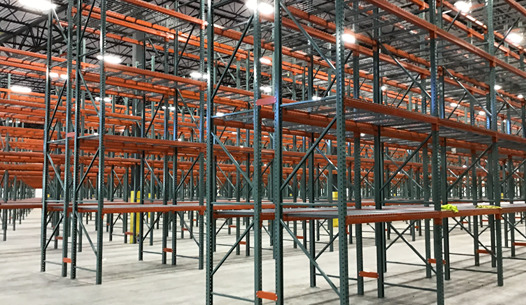
Selective racks are the most common and cost-effective pallet racking system, providing direct access to each pallet. They are ideal for inventory with varied SKUs and frequent stock rotation.
Advantages:- Low cost and easy installation.
- Immediate access to all pallets.
- Flexible and adjustable beam heights.
- Low storage density.
- Requires more aisle space.
2. Teardrop Racks
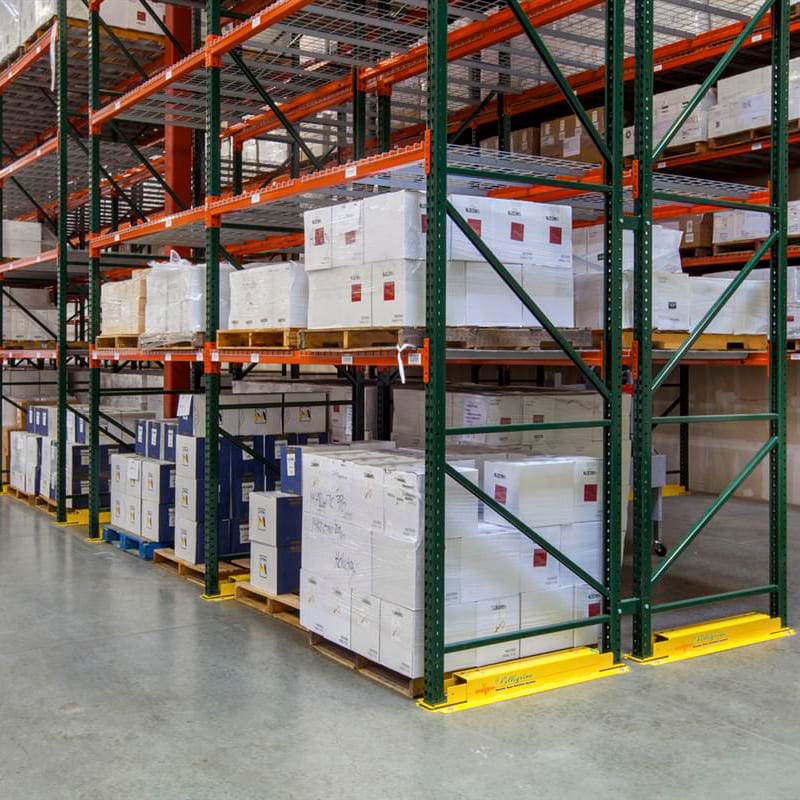
Teardrop racks use a universal design with teardrop-shaped holes for quick and tool-free beam adjustments. They offer flexibility and compatibility with various rack components.
Advantages:- Easy to assemble and modify.
- Compatible with multiple racking systems.
- Less durable than heavy-duty racks.
3. Double-Deep Racks
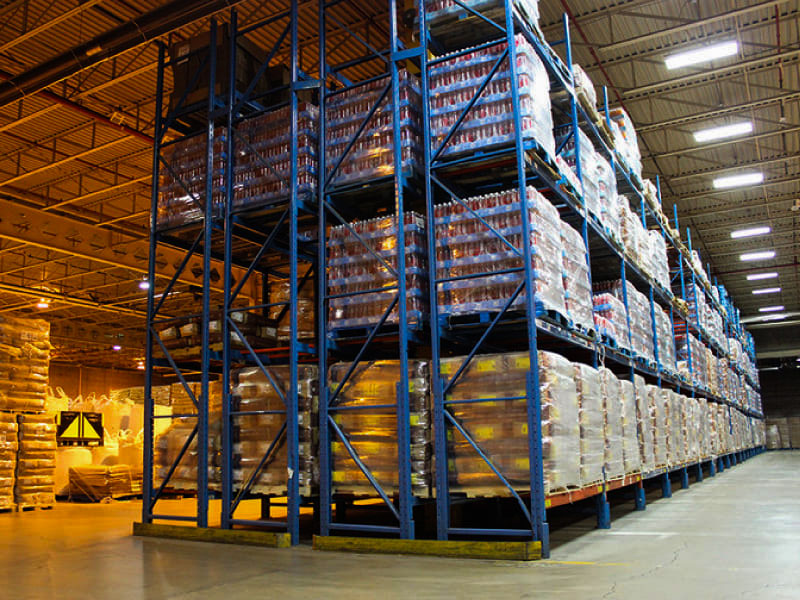
Double-deep Racks enhance storage density by placing two rows of pallets back-to-back. They require deep-reach forklifts for retrieval.
Advantages:- Higher storage capacity than single-deep racks.
- Fewer aisles required.
- Reduced selectivity due to double-row configuration.
- Specialized forklifts needed.
4. Cantilever Racks
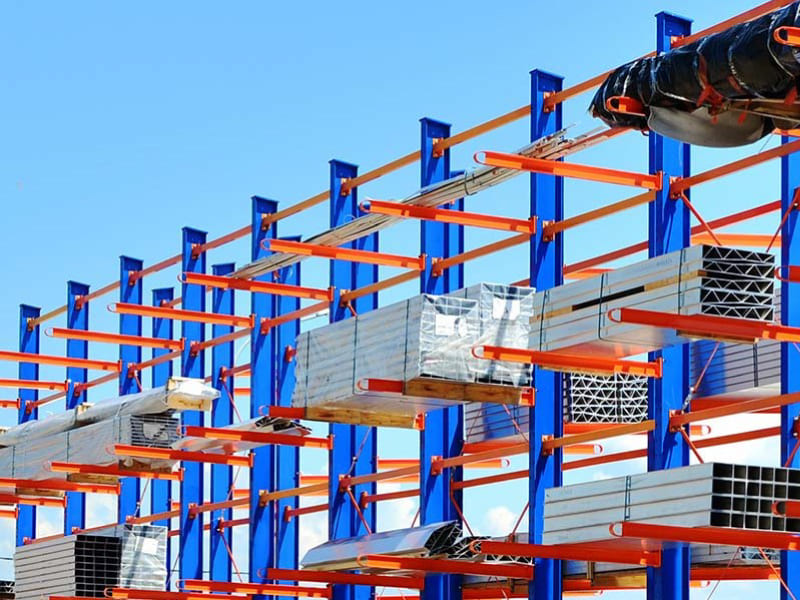
Designed for long, bulky items, cantilever racks feature arms extending from vertical columns. These racks are commonly used for lumber, pipes, and steel sheets.
Advantages:- Efficient storage for long and irregularly shaped items.
- Open access design for easy retrieval.
- Higher installation costs.
- Limited load capacity on each arm.
5. Drive-In Racks
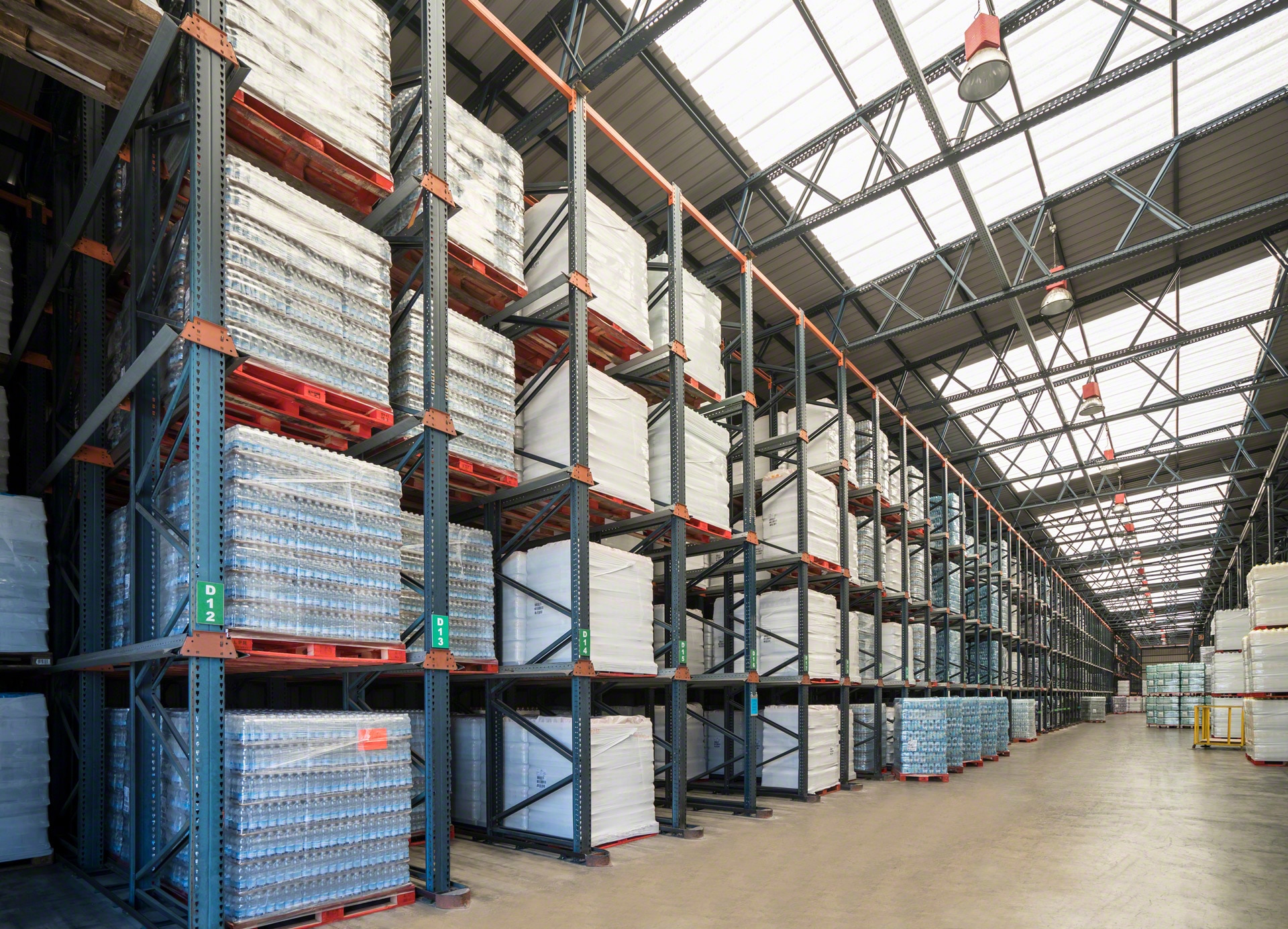
Drive-in racks maximize warehouse space by enabling forklifts to drive directly into the storage lanes. They use a LIFO (Last In, First Out) inventory system.
Advantages:- High-density storage capacity.
- Cost-effective for bulk storage.
- Limited access to individual pallets.
- Prone to forklift impact damage.
6. VNA (Very Narrow Aisle) Racks
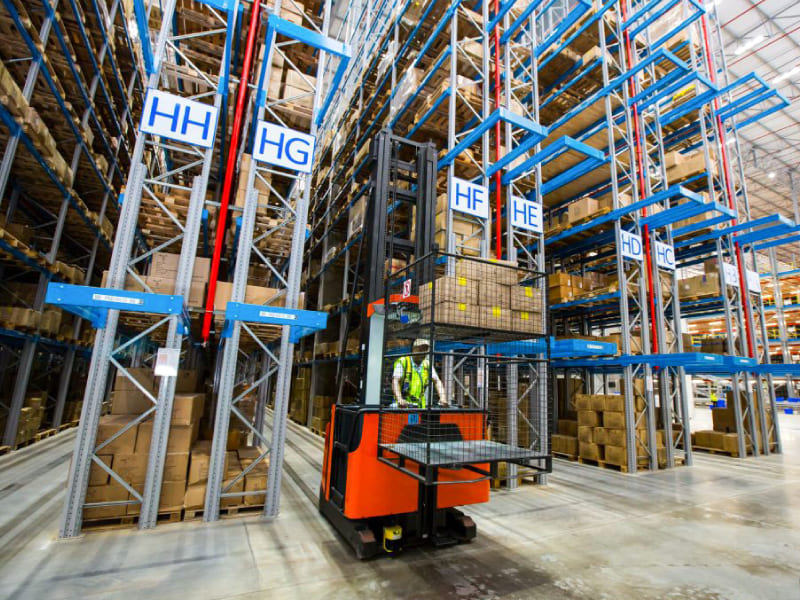
VNA racks optimize space utilization by using narrower aisles and specialized forklifts for retrieval.
Advantages:- Maximized vertical space.
- Improved inventory access in compact warehouses.
- Requires specialized handling equipment.
- Higher installation costs.
Dynamic Pallet Racking Systems
1. Push Back Racks
Push back racks use inclined rails and gravity-fed carts, enabling LIFO storage. They offer high-density storage and quick retrieval.
Advantages:- Efficient use of space.
- Faster loading and unloading.
- Higher costs than static racks.
- Limited to LIFO operations.
2. Pallet Flow Racks
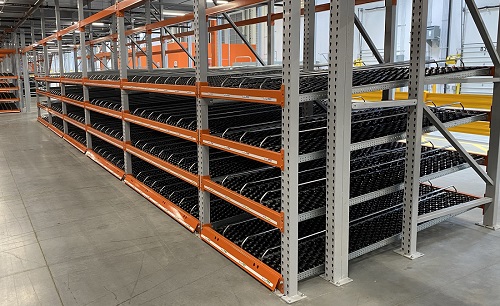
Pallet flow racks utilize gravity to move pallets from the loading end to the unloading end, following FIFO (First In, First Out) rotation.
Advantages:- Ideal for high-turnover inventory.
- Efficient product rotation.
- Higher installation and maintenance costs.
- Not suitable for low-turnover goods.
3. Mobile Racks
Mobile racks are mounted on rails, allowing them to move horizontally. This system optimizes space utilization and offers flexible access to pallets.
Advantages:- Maximized floor space utilization.
- Flexible access to all storage locations.
- High installation and maintenance costs.
- Slower retrieval times due to row movement.
Comparison of all pallet racking systems
| Racking Type | Installation Cost | Storage Density | Stock Rotation |
|---|---|---|---|
| Static Pallet Racking Systems | |||
| Selective Racks (Single-Deep) | Low | Low | High |
| Teardrop Racks | Low | Low | High |
| Double-Deep Racks | Medium | Medium | Medium |
| Cantilever Racks | High | Medium | Low |
| Drive-In Racks | High | High | Low |
| VNA Racks | High | High | Medium |
| Dynamic Pallet Racking Systems | |||
| Push Back Racks | High | High | Low |
| Pallet Flow Racks | High | High | High |
| Mobile Racks | High | High | Medium |
Conclusion
Static systems provide simplicity and cost-effectiveness, while dynamic systems enhance storage density and rotation efficiency. each racks have their own pros and cons,the core lies on the right decision. if you would like to get a quote now , our team of experts is delightful to be at your service soon.
Do you need more information?
Our team of experts will be happy to help you with any questions you may have.
More information